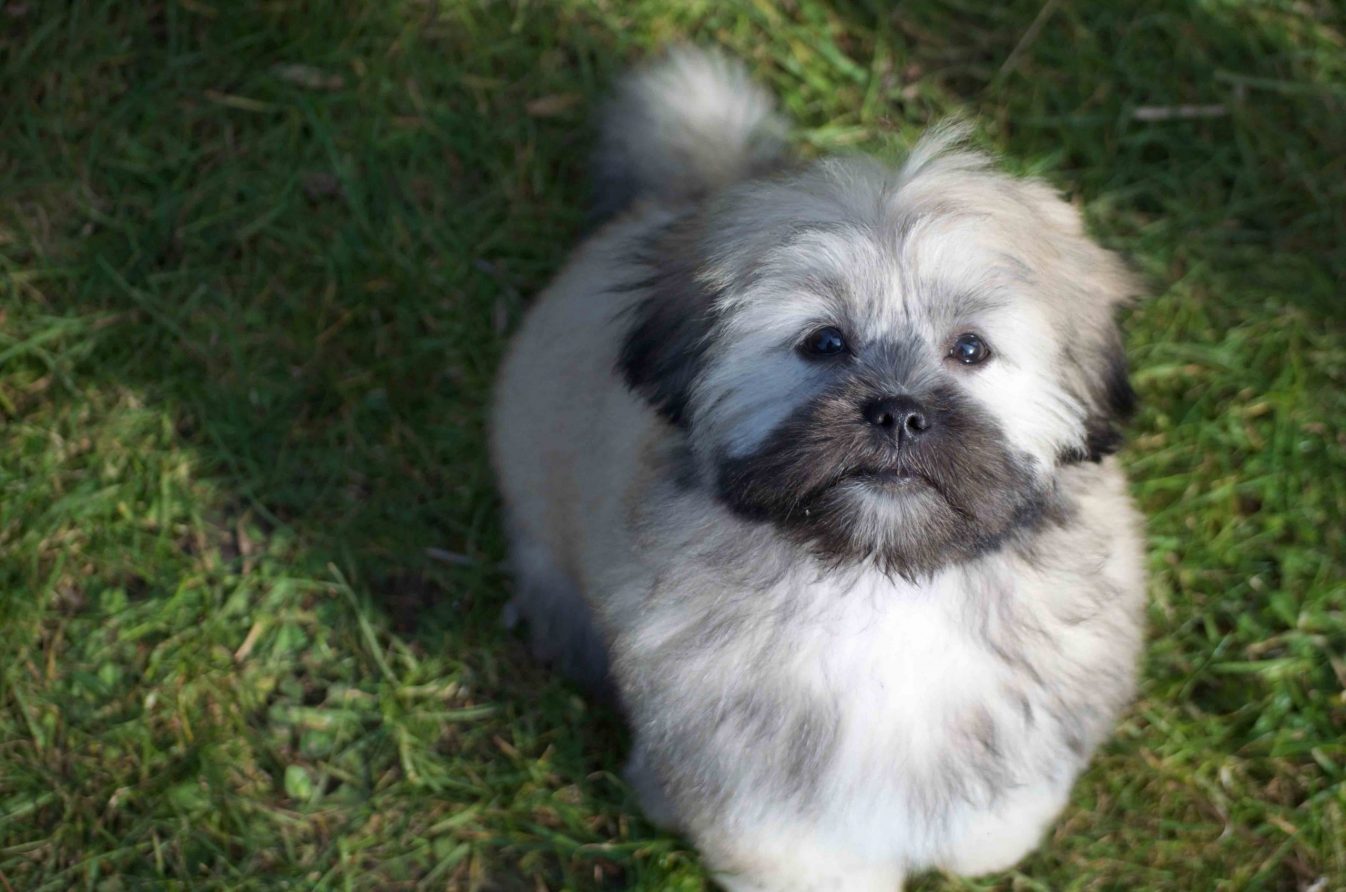Many people associate a dog wagging their tail with a sign that they are happy, but this isn’t completely true – it’s much more complex than this!
A dog’s tail can be thought of as a signpost that they use to display a range of emotions, not just to other dogs but to us humans too. It’s therefore important for us to be able to better understand the emotions that our beloved companion is trying to express to us, as this will help us understand their wants and needs better.
A dog wagging their tail can portray many emotions such as happiness, anxiety, excitement, submission and even that they feel threatened. Not only that but different breeds of dog will have different resting positions of their tail.
It’s thought that a dog wagging their tail is a subconscious activity, i.e., they don’t think about doing it, much like when we blink our eyes. It is an outward expression of the emotions that they are feeling inside.
Puppies aren’t born wagging their tails, however. It takes some time for them to learn what different wags mean and will take cues from other dogs as they grow.
So, what emotions correspond to which tail positions in dogs?
Happiness or excitement
A happy or excited dog will usually hold their tail up high in the air and wag it enthusiastically – often the faster they wag it, the happier they are. The rest of your dog’s body language will often give clues that point towards excitement; they will have a smile on their face, ears perked up and be in a playful stance.
Aggression
An aggressive dog will often have a very stiff, straight tail that is held upwards. A lack of wagging or very slow deliberate wag is likely seen.
Anxiety or submission
An anxious, scared, or submissive dog will usually hold their tail down between their legs and wag it slowly here. They may cower or shiver and appear generally hunched over.
Research has also shown that a tail wagging to the right represents positive emotions and a tail wagging to the left represents negative emotions – and what’s even more fascinating is that other dogs can distinguish between the two.
A dog’s tail isn’t just for communication however, in fact this is more of a secondary function. The tail, in evolutionary terms, is mainly there for balance. A dog running at high speed or on an unsteady surface will use their tail as a sort of counterbalance, helping to prevent them from falling over. It’s also useful as a rudder when your dog goes swimming!
So, as you can see there are many reasons why a dog may wag their tail, and very subtle differences between them. It’s therefore important not assume that every dog wagging its tail is happy, as it could in fact mean the opposite.
Important information
Information provided by LhasaLife should not be taken as professional veterinary advice or clinical advice. It is important to consult a licensed veterinarian for any health concerns or issues with your pet. The content of the article Why does my dog wag its tail? should not be used as a substitute for veterinary care, or treatment advice for you or your pet, and any reliance on this information is solely at your own risk.
This article may contain affiliate links, meaning we may earn a small commission at no extra cost to you if you purchase through these links. Affiliate links do not necessarily imply an endorsement of the product by LhasaLife. However, we only share products we believe could be helpful to you and your beloved Lhasa Apso. Your support helps us keep the website running and full of useful content.




Leave a Comment